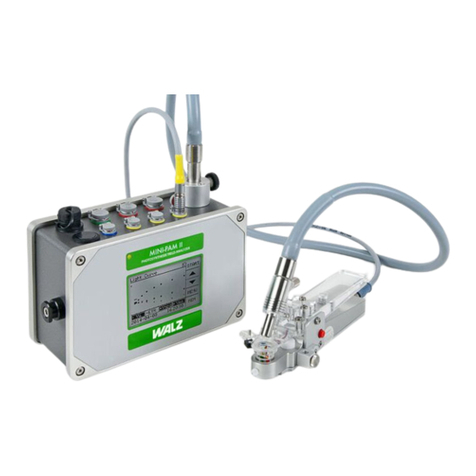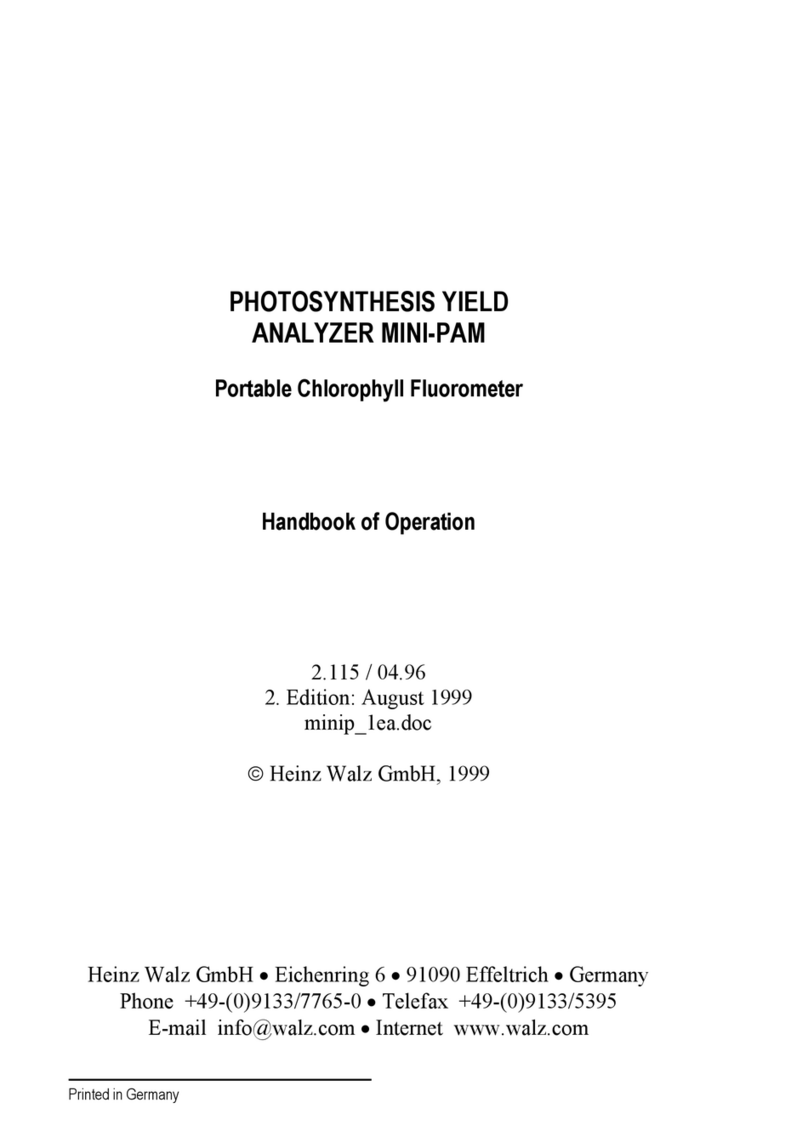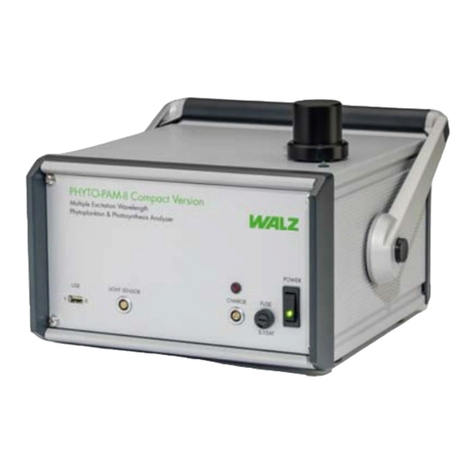
CONTENTS
4.4.2 Light Curve....................................................................... 64
4.4.3 Report ............................................................................... 68
4.5 Fast Acquisition Mode.............................................................. 72
4.5.1 Fast Settings...................................................................... 73
4.5.2 Fast Kinetics..................................................................... 82
4.6 View Mode ............................................................................... 87
4.6.1 Icon Bar ............................................................................ 87
4.6.2 Sidebar.............................................................................. 87
4.6.3 Pick Data........................................................................... 87
4.7 Script Files................................................................................ 89
4.7.1 Data Management............................................................. 91
4.7.2 Editing Tools .................................................................... 91
4.7.3 Command Box (List of Script File Commands)............... 93
4.8Practical tips for creating trigger patterns ........................ 107
4.9Writing scripts....................................................................... 108
5Definitions and Equations....................................................... 115
5.1 Relative Fluorescence Yields ................................................. 115
5.1.1 Measurements with dark-acclimated samples................ 115
5.1.2 Measurements with light-exposed (treated) samples...... 115
5.2 Fluorescence Ratio Parameters............................................... 116
5.3 Constant Fraction of Fo Fluorescence (C/Fo) ........................ 120
5.4 Relative Electron Transfer Rate (ETR).................................. 122
5.5 Rapid Light Curves................................................................. 123
5.5.1 Some Papers related to Rapid Light Curves................... 126
5.6 Literature Cited in Chapter 5.................................................. 127
6Some Reviews on Chlorophyll Fluorescence......................... 130
7Specifications............................................................................ 133






























